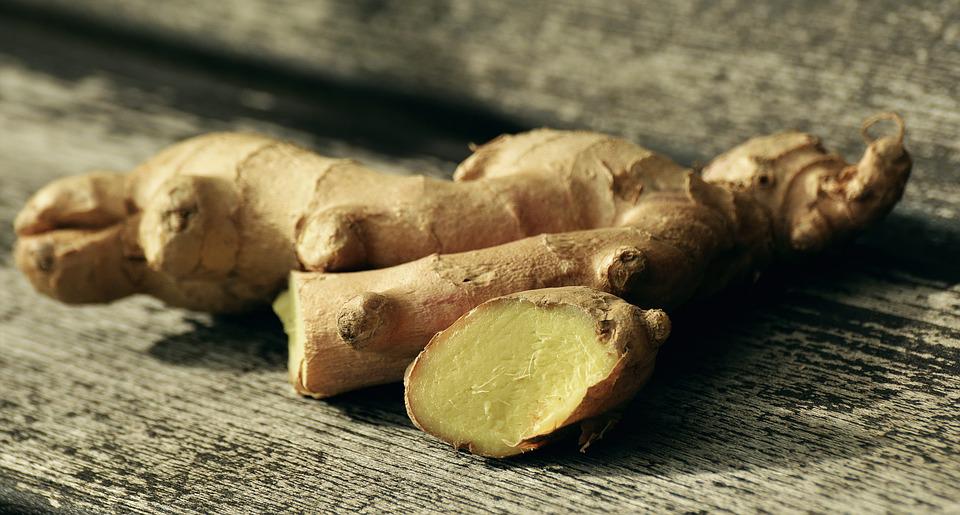



Article by: Hari Yellina
2022’s second quarter has over. When examining the ginger market from April to June, it can be said that the price in the domestic primary production area was up and down, and that the overall price in the second quarter finished with a stable but poor end. In July, it had gotten off to a steady start with affordable costs. The wholesale market had a larger monthly turnover in April–June 2022 than it had in 2021 when compared to the previous two years. Statistics show that 121,807.955 tonnes were exchanged on the wholesale market during the second quarter of 2022. It climbed by 16.94% annually compared to the amount of the first quarter of 2021, which was 104,162.54 tonnes.
Due to the terminal market’s early-stage supervision of the sales area, the excitement of downstream second- and third-level purchasing merchants to accept goods is not high as April approaches. The majority of them require replenishment and are mostly maintained. Later, as the lockdown was progressively removed, terminal consumption increased. Due to low demand, there was not a lot of trading activity in the sales market for ginger in May. The volume is constrained due to the adjustment of the market price in the producing region, which is taken by the downstream second- and third-level merchants in general. The market activity in the sales area essentially remained constant in June. As Shanghai became more open, many catering industries gradually recovered, leading to a minor increase in sales volume and a deterioration in market operation.
Overall, it is anticipated that the third quarter would most certainly present a difficult situation for the price of ginger for the reasons listed below. First off, there are still traders who are upbeat about the market’s future and who actively participate in the procurement and storage of ginger. Second, many ginger cellars are flooded as a result of the rain in the primary production area. Maintaining the source of the items is challenging. There is too much ginger available on the market right now. Third, the agricultural area’s extensive, ongoing rain made it difficult for farmers to ship their goods. Since there is a limited supply of commodities, it is fair that merchants are eager to purchase them. There should be small price hikes when the market’s supply of goods declines during the rain.